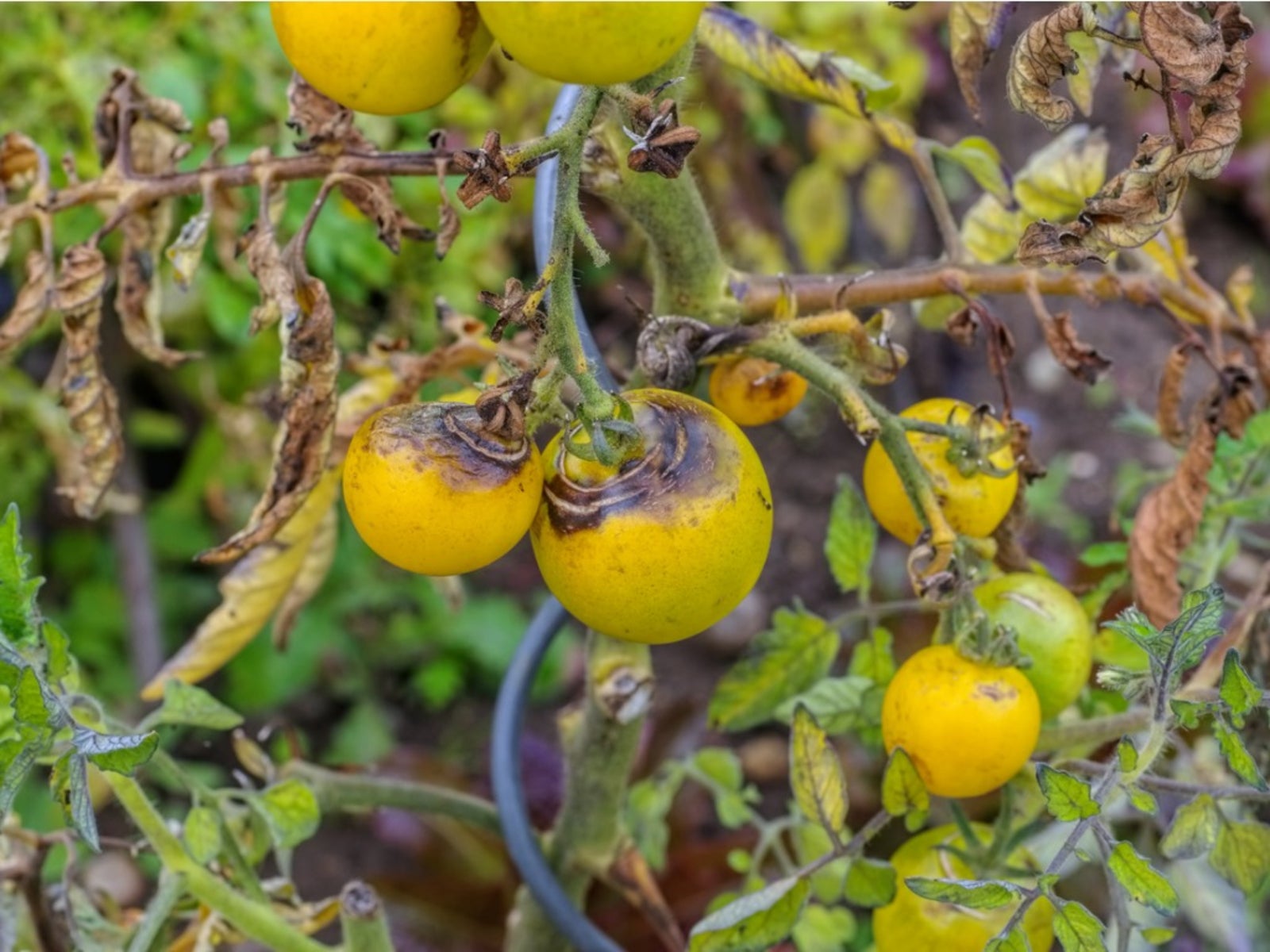
Hydrogen peroxide and baking soda offer several benefits for gardening beyond disease control: Spray the solution on tomato plants once a week as a preventive measure. To create a baking soda spray, mix 1 tablespoon of baking soda, 1 teaspoon of liquid soap, and a gallon of water. The baking soda solution increases the pH on the leaf surface, making it less favorable for fungal spores to germinate. The hydrogen peroxide works to combat the fungal infection by breaking down the cell walls of the fungus.īaking soda, when combined with water and a surfactant like liquid soap, can also be used as a preventative measure against early blight. To combat early blight, mix hydrogen peroxide with water in a 1:10 ratio and spray it on the affected plants. Early blight, caused by the fungus Alternaria solani, can affect the leaves, stems, and fruits of tomato plants. Hydrogen peroxide and baking soda can be effective against certain tomato plant diseases, such as early blight. Hydrogen Peroxide and Baking Soda Benefits Effect on Tomato Plant Diseases

As every gardener’s approach may differ, it is important to adjust the methods accordingly, ensuring a disease-free and healthy tomato crop. In this article, we will delve into the mix ratios, theories, and routines for using hydrogen peroxide and baking soda to treat garden tomato plants effectively. When used together, hydrogen peroxide and baking soda can form a powerful and natural treatment for common tomato plant diseases. Baking soda, on the other hand, is known for its alkaline properties and ability to inhibit the growth of various fungi. With its ability to break down into water and oxygen, it is gentle on the plants while providing a boost to the root system.

Hydrogen peroxide, a common household item, can be used as a fungicide to counter fungal infections on tomato plants.
#Blight tomatoes how to
How To Use Baking Soda to Kill Pests - COCKROACHES, BEDBUGS, ANTS, MICE, Etc


 0 kommentar(er)
0 kommentar(er)
